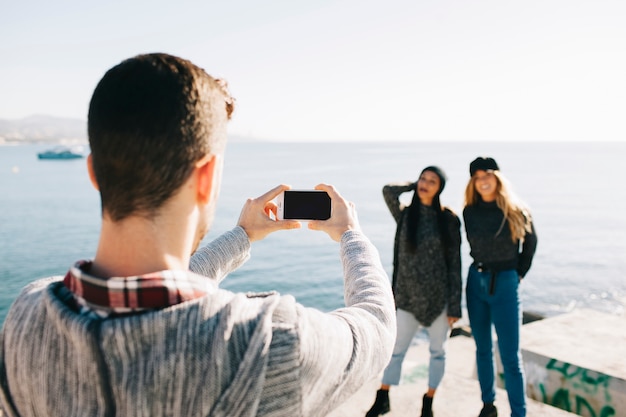Professional photographer Laurence Norah shares some handy tips on how to make your travel photos stand out. He emphasizes that editing your photos is just as crucial as how you take them.
Post-processing, or editing your photos after you’ve taken them, is a key part of digital photography. It’s like the darkroom for film photography. This article will guide you through some basic and advanced editing techniques.
First up, cropping. This tool lets you alter the size and aspect ratio of your image. For instance, you can change a rectangular image into a square one. Cropping is useful for various reasons, like publishing in different formats and aspect ratios.
Next, leveling your photos. It’s a pet peeve for many when the horizon line in a photo isn’t level. Luckily, it’s an easy fix in post-processing.
Vignetting is another technique to highlight the subject of your photo. It involves making certain parts of the image darker or lighter.
Adjusting shadows and highlights is also important. Sometimes, parts of your photo might be darker or brighter than you’d like. You can fix this by adjusting the brightness of these areas.
Contrast is another key element. It accentuates the difference between the light and dark parts of the image, making the boundaries clearer.
Color adjustment is another crucial part of the editing process. You can change the overall "warmth" of the image, or adjust the hue and saturation of specific colors.
Lastly, blemish correction or "image healing" can be used to remove unwanted elements from your photo.
Laurence recommends several editing tools, including Adobe Lightroom for professionals, Photos for Mac users, and Snapseed for mobile editing.
In conclusion, editing your photos is a vital step in the photography process. By incorporating these tips and techniques, you can significantly improve your travel photography. So, start taking pictures and don’t forget to edit them!
